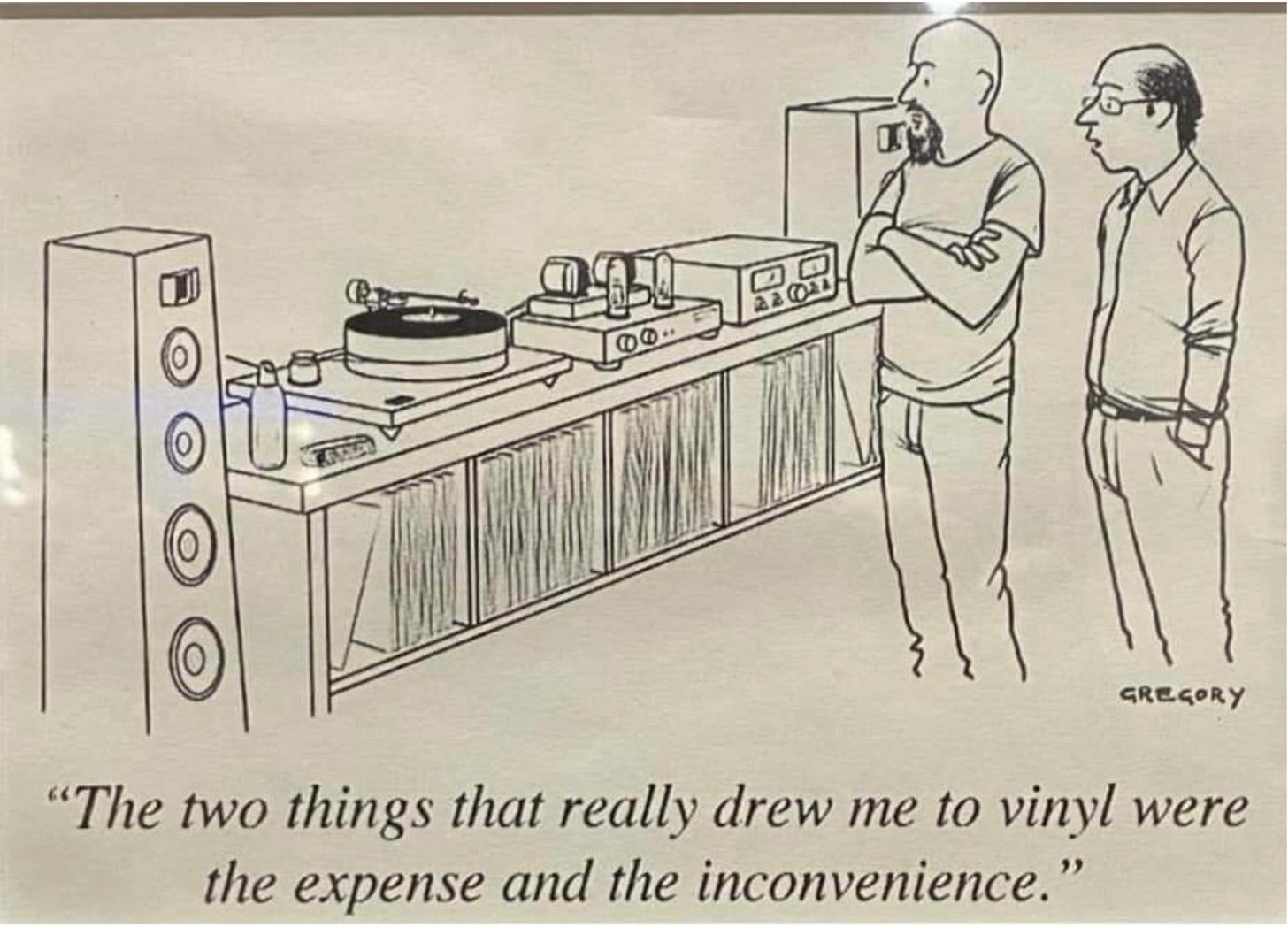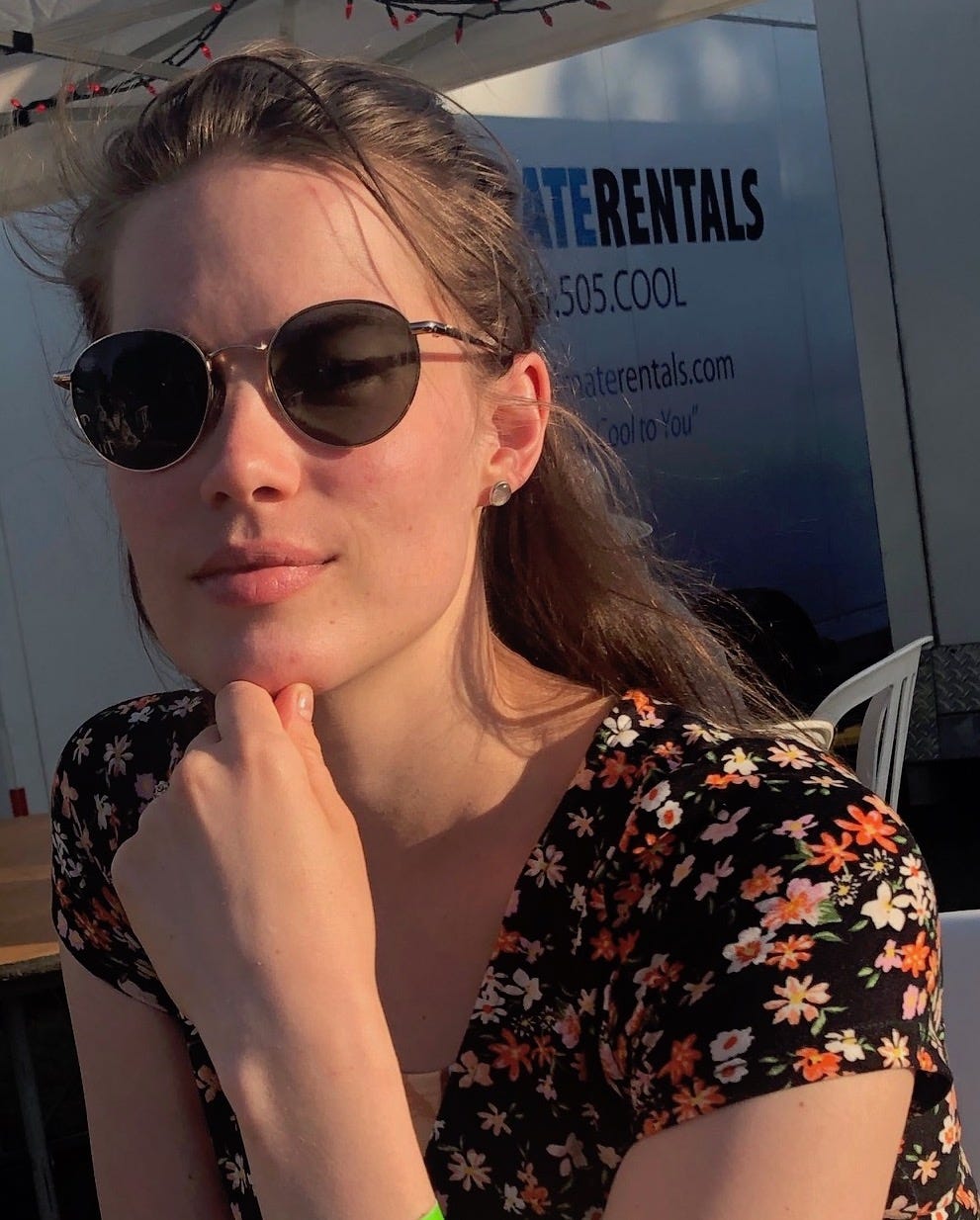THIS WEEK: NANA MOUSKOURI, A BACKSTAGE VISIT WITH A RECLUSIVE JAZZ STAR, & WORDS ABOUT A TERRIFIC NEW RECORD & A MONTREAL LAUNCH EVENT…
First, though, some personal stuff…
The world loves a storyteller, so they say. You’d better love stories, because that’s pretty well all you’ll get around here.
My half-century years of work in music led to two things: the thrill of meeting and working with so many amazing artists, and getting stories I can now share with you.
So here’s this week’s Stories from the Edge of Music. Please share this with your friends, and consider supporting these pages (and the dozens more in the pipeline) with a paid subscription. Evdoxia, my lovely “financial advisor” and bank manager will thank you…
++++++++++++++++++++++++++++++
NANA MOUSKOURI: THE MOST CO-OPERATIVE ARTIST I EVER WORKED WITH — AND WHY I GOT FIRED
If you don’t know who Nana Mouskouri is, your mother (or even your grandmother) will remember her — she probably bought at least two of the 300 million records the Greek singer sold around the world. Mouskouri recorded 200 albums — using the same bed tracks for a new recording, she sang the lyrics in each of the six languages she spoke fluently, and in half a dozen other languages that she learned by rote for each recording.
In addition to all that, she was a member of the European Parliament for Greece from 1994 to 1999, and vice-chair of the Parliament’s commission on women’s and children’s issues. In 1993, she had replaced Audrey Hepburn’s role as an international ambassador for UNICEF.
When Ed Kasses, her tall and elegantly dressed manager, hired me in the mid-‘90s to handle publicity for a cross-Canada tour, she was a major star. She’d been launched in Canada and the United States in 1965, touring with Harry Belafonte; her first American album was produced by Quincy Jones, and her back story was catnip for newspapers, magazines, radio and television.
In a pre-tour phone conversation, she gave me her phone numbers in Athens, Geneva, Strasbourg, Paris and Brussels — and her daughter’s number in London, where she stayed when she was in England. “Just send me a fax with the name of the interviewer and when they’ll call and I’ll talk with them — just remember the time difference depending on where I am…”
Based at Toronto’s King Edward Hotel, she did every radio, TV and print interview with charm, grace and always with quotable takeaway lines for everyone she met. Totally professional, but at the same time likeable, friendly and memorable.
In 2003, I was hired, for the third time, to do national press for Nana (you instantly felt on a first-name basis within 10 minutes of an initial phone call). I had been assigned for what looked like the easiest publicity job ever; she would be touring on a double bill with Harry Belafonte. It was, after all, something she’d done almost 40 years before. Fifteen concerts in 12 cities, from Victoria through to Montreal.
My deal: a reasonable fee, with a bonus if the tour hit the 95 per cent sold out status. A walk in the park, I told myself. And so it was — until two weeks prior to the tour when Belafonte, pleading illness, pulled out.
With most of the tickets already sold, Ed Kasses called to give me the bad news — and ask if I could suggest a Canadian artist who could work with Nana (and Nana’s audience), and who was available.
I immediately suggested John McDermott, a Scottish/Irish singer based in Toronto with a large middle-of-the-road following. And he was, fortunately, available and he jumped at the opportunity.
Nonetheless, he was not Belafonte, and the publicity exercise was not to sell the remaining handful of tickets, but to discourage people from asking for refunds. I suppose McDermott’s audience did help, but Nana’s continuing popularity with what business people called “the older demographic” saved the day.
The tour certainly was not the 100 per cent sell-out that it would have been, but it did do respectable business. It was certainly profitable, given that McDermott’s fee was considerably less than Belafonte’s and the ticket prices remained the same.
Given the huge amount of additional work I had to do to help save the day, I wrote to Kasses asking for my bonus fee, even though the original “95 per cent sold-out” threshold was not achieved.
Alas, I accidentally copied Nana on my note — and Kasses, rightly, was furious.
He paid my normal fee, with no bonus. In successive years, he hired other publicists when Nana toured Canada. I don’t know, in hindsight, whether they did better than I — they could have.
But I certainly hope they were smart enough not to discuss business details with the star as well as her business people.
PS: Nana is the best-selling female artist of all time; she’s sold 300 million records world-wide, while Celine Dion has sold 250 million, and Taylor Swift some 224 million.
++++++++++++++++++++++++++++++
BACKSTAGE, A CREW GUY ASKS FOR AN AUTOGRAPH FROM A SILENT JAZZ STAR
The unknown heroes of live music are the totally indispensable stagehands in the crew. Backstage at Toronto’s O’Keefe Centre in the mid-‘70s, one of our most experienced crew members, Goldie Powell, is about to commit a major breach of etiquette.
Tall, slightly pot-bellied, with long stringy blonde hair, he enters the green room and approaches the star of tonight’s concert, the notably reclusive Miles Davis.
Holding a black and white 8X10 publicity photograph of the trumpet player, he politely asks if Davis would sign it. Dangerously silent and sitting in a deep armchair, the show’s star produces a Sharpie, draws a little trumpet on the photograph, and then signs it.
Goldie, unaware that what he has done is the equivalent of asking the late Queen to sign a $10 bill, is gratefully effusive. “Thanks so much,” he says, backing out of the room. “Thank you very much, thank you sir, thank you…”
Davis looks up at his wife, the gregarious, laughing actress Cicely Tyson, and mutters, in his scratchy, gruff voice:
“Motherfuck, I thought that was some ugly white broad!”
It was a title that stuck to Goldie for years.
++++++++++++++++++++++++++++++++
MEET MY FRIEND LORYN TAGGART — A NEW ALBUM “THE LOST ART OF PULLING THROUGH” — AND A MONTREAL LAUNCH
Loryn’s been one of my best friends for a long time — I met her in Toronto after I’d discovered a live video she’d made when she was 16. Her new album — The Lost Art of Pulling Through — is out next Friday. It’s a thoughtful, literate collection of jazz and “folk”-influenced pop with catchy songs and real heart.
She’s a joyful Prairie girl who’s lived in Australia, New Zealand, China, Vancouver and Toronto, and now in Montreal. I’m based in Toronto, and I miss her!
Here’s an acoustic taste of one of the songs on the album:
…and here’s the “official” video of “Tell Me How,” the new single:
Quite apart from our friendship, I believe Loryn is a musical force to be reckoned with. She’s launching the album on Tuesday, October 2 at Cabaret Lion D’Or, 1676 Ontario Est in Montreal’s east end.
I’m going to be there. If you can, it’d be nice to see you there too…
++++++++++++++++++++++++++++++
FLOHIL’S RULES FOR (MALE) PERFORMER’S #2
Never, ever, wear shorts on stage. Period. End. (Angus Young may be excused.)
++++++++++++++++++++++++++++++
EGREGIOUS ERRORS DEPARTMENT
Introducing the wonderful Bernard Doherty video in last week’s instalment (#2), I said it was recorded in 1821. I am a shitty typist; of course, it should have read 2021. (In 1821 “Great” Britain was deep in the nasty business of building an empire, and shipping humans from Africa to the Americas where they were sold as slaves.)
++++++++++++++++++++++++++++++++
There you have it: Stories from the Edge of Music #3. Next time, more than you needed to know about Louis Armstrong’s laxative. And, before you go, please consider joining the elite group of folk who have become paid subscribers. As the weeks go by, they’ll be getting additional content…






How was I not subscribed before?? Glad I found this and can’t wait for more.